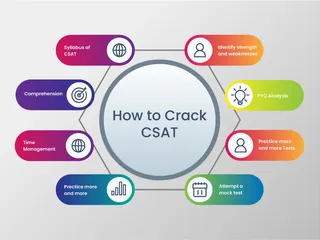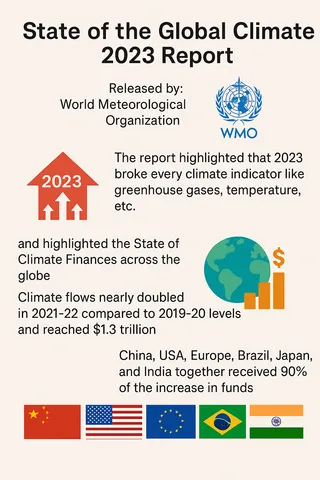The terms "moderate" and "extremist" are often used to describe positions on a political or social spectrum, but their precise meanings can be nuanced and context-dependent. Understanding the key differences is crucial for navigating complex social and political landscapes.
Defining Moderates
Moderates generally hold beliefs and advocate for policies that fall within the mainstream of societal norms and values. They are typically characterized by:
- Compromise and negotiation: Moderates prioritize finding common ground and reaching consensus, even if it means making concessions.
- Respect for differing viewpoints: They acknowledge the validity of perspectives different from their own and engage in respectful dialogue.
- Gradual change: Moderates often favor incremental change through established political and social processes, rather than abrupt or revolutionary transformations.
- Tolerance and inclusivity: They generally embrace diversity and are open to different lifestyles, cultures, and beliefs.
- Emphasis on the rule of law: Moderates respect and uphold legal frameworks and established institutions.
Defining Extremists
Extremists hold beliefs and advocate for actions that are far outside the mainstream and often involve intolerance and a rejection of compromise. Key characteristics of extremism include:
- Intolerance and rejection of compromise: Extremists are unwilling to engage in negotiation or consider alternative viewpoints.
- Us vs. Them mentality: They often view the world in simplistic terms, dividing people into sharply defined groups (e.g., "us" versus "them").
- Dehumanization of others: Extremists may portray their opponents as subhuman or less worthy of consideration.
- Use of violence or threats of violence: While not all extremists resort to violence, the potential for violence or the threat of violence is a hallmark of many extremist groups.
- Conspiracy theories and misinformation: Extremists frequently rely on unsubstantiated claims and misleading information to support their beliefs.
- Rigid and inflexible ideologies: Their beliefs are often unwavering and resistant to evidence or reason.
The Spectrum and its Nuances
It's important to note that the line between moderate and extremist can be blurry. What constitutes extremism in one context may be considered mainstream in another. The intensity of beliefs and the methods used to advance those beliefs are crucial in determining whether a position is moderate or extremist.
Furthermore, individuals and groups can hold moderate views on some issues and extremist views on others. Context and specific actions are critical when evaluating someone's position on the political or social spectrum.
Understanding the differences between moderate and extremist viewpoints is essential for fostering constructive dialogue, promoting tolerance, and preventing violence.





















-(20)jpeg-1745030278713.jpeg.webp)
























 (24)jpeg-1722421859875.jpeg.webp)




